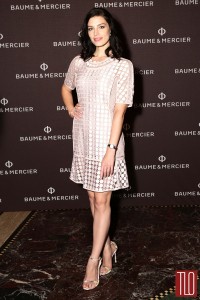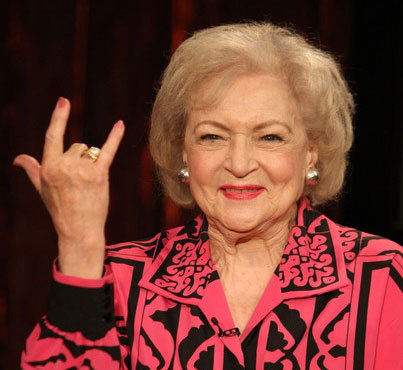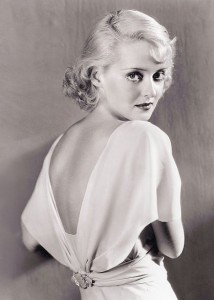One thing that’s long flummoxed me is the fact that when you see a picture of a star on the red carpet, inevitably what you see the result of the hard work of stylists, makeup artists, and top fashion designers. But somehow, even with an entire team behind them, sometimes the stars just look… off. Is the dress ugly and no one noticed, or is it just not the right dress for that person?
Understanding Kibbe can go a long way to help you avoid this in your own life, even if you’re not going to be on a red carpet anytime soon. Let’s take Jessica Paré as an example. Most seem to be in agreement that she is a Soft Dramatic. If you look on Pinterest, two of her most-pinned looks, if you search for her name, are these:
Sorry, nothing found.
(Sources: 1, 2)
What comes to mind when you look at these dresses? They’re bold and dramatic. For a lot of people, these dresses would be just too much. But for a Soft Dramatic, these dresses are exactly what she needs. Anything less would be not enough.
Now, look at her in this dress:

(Source)
It’s not dramatic, at least, not in the right way. Picture it on a Flamboyant Gamine like Lizzy Caplan. Totally different dress, right? But it’s simply not enough for a Soft Dramatic. It kind of looks like a tablecloth is wearing her.
That’s the point of all of this Kibbe business. Once you figure it out, it makes it easy to go to a store and immediately know what’s going to work for you and what’s not, without even trying a whole bunch of stuff on. It’s about understanding what nature gave you and using that information to look fabulous. I also think it goes deeper than something like Trinny and Susannah’s 12 Body Shapes, because Kibbe takes into account the entire person, and not just a series of deviations from the norm. According to Trinny and Susannah, I’m a Skittle and should wear chunky shoes, bows, and A-Line skirts. But what kind of prints? What kind of vertical line? How dramatic or how can cute can I go?
Knowing your body shape is helpful, of course. But you can dress your body shape perfectly fine, and still look off, somehow. Without knowing your Image Identity and your season, a.k.a. most flattering colors, you’re still fumbling around in the dark.
(To see more analysis of stars’ red-carpet looks in relation to Image Identities, see this pinterest. They use Yin/Yang C, G, D etc. instead of Kibbe’s names, but the idea and the concept are the same.)

